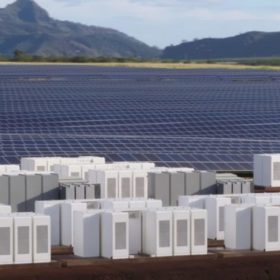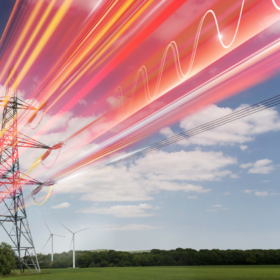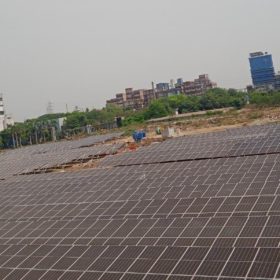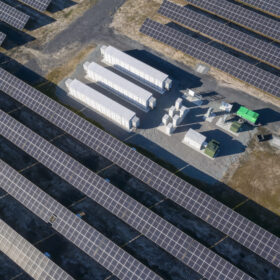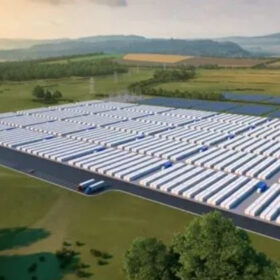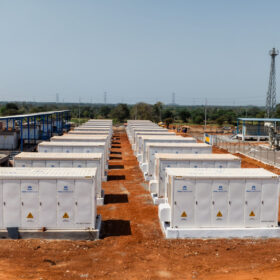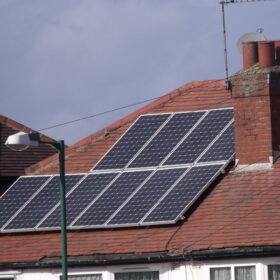Energy storage is a solved problem
There are thousands of extraordinarily good pumped hydro energy storage sites around the world with extraordinarily low capital cost. When coupled with batteries, the resulting hybrid system has large energy storage, low cost for both energy and power, and rapid response. Storage is a solved problem.
SJVN allocates 1.2 GW of renewables-plus-storage capacity at average price of $0.051/kWh
The winning developers will set up renewable energy projects backed with energy storage system to supply firm and dispatchable renewable energy.
Hitachi Energy introduces Grid-enSure to advance India’s transition to sustainable energy
Hitachi Energy’s Grid-enSure portfolio comprises high-voltage direct current (HVDC), static compensator, static frequency converter, medium-voltage direct current solution, energy storage and semiconductor solutions to address the challenges in integrating renewables into power systems.
Gensol Engineering’s solar EPC order book crosses INR 4,000 crore
The order book includes 1.5 GW of solar projects to be executed within a timeline of 12 to 18 months.
GAIL, AM Green sign MoU for 2.5 GW of renewable energy projects
GAIL and AM Green have signed an agreement to jointly explore setting up of solar-wind hybrid projects to ensure round-the-clock supply of renewable energy to end users.
India’s battery boom: Poised to dominate the global EV revolution!
India’s growing battery manufacturing capacity presents an opportunity not only to meet domestic demand but also to export to regions like Europe and North America.
“Battery energy storage market in India is on the cusp of unprecedented growth”
The next five years will witness a transformative shift in India’s energy landscape, positioning the country as a global leader in energy storage innovation, says Saurabh Kumar, vice president-India, GEAPP (Global Energy Alliance for People and Planet), in an interview with pv magazine.
Avaada Group commits $12 billion to renewables, storage in Rajasthan
Avaada Group plans INR 1 lakh crore ($12 billion) investment to set up a 1.2 GW pumped hydro storage project, a 1 mtpa green ammonia project, a 1 GW wind power project, and a 10 GW solar power project in Rajasthan.
SJVN launches 1.5 GW/6 GWh renewables-plus-storage tender
SJVN has issued a tender to set up 1.5 GW of renewable energy projects backed with energy storage systems for assured peak supply of 6 GWh.
Ireland in line for 1 GWh iron-air battery storage project
In what could be Europe’s first, FuturEnergy Ireland has proposed a project that could store energy for up to 100 hours and be operational for 30 years.

